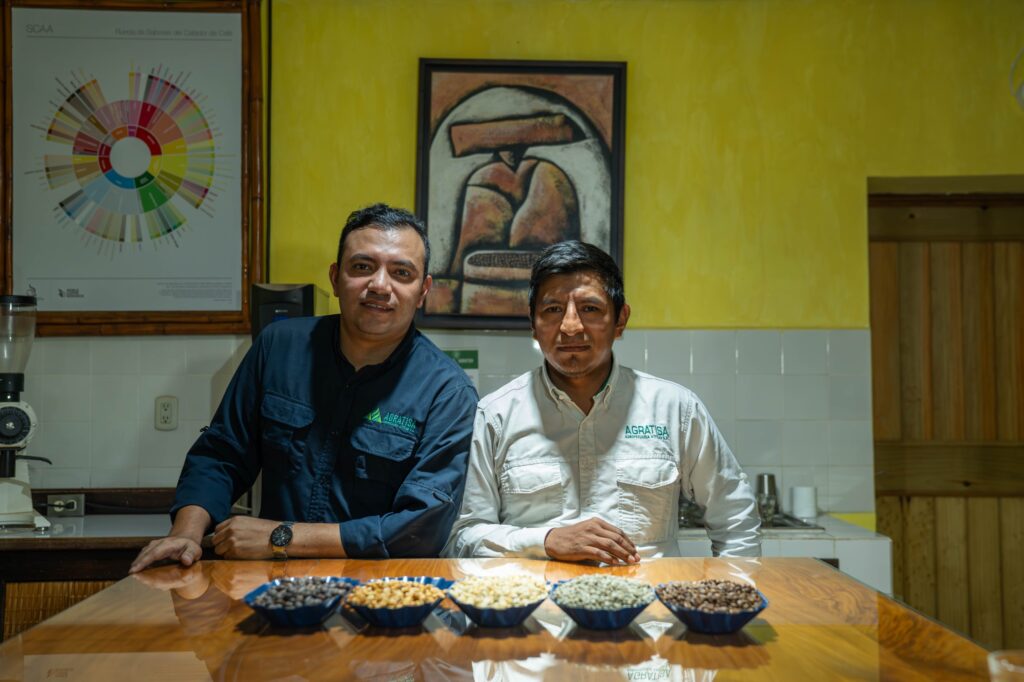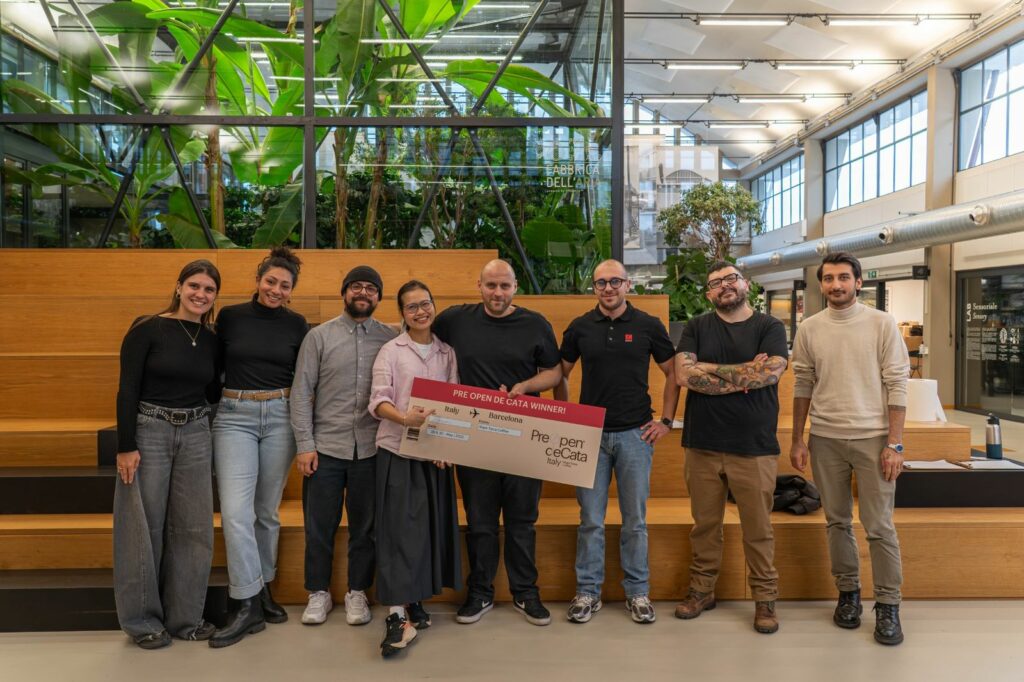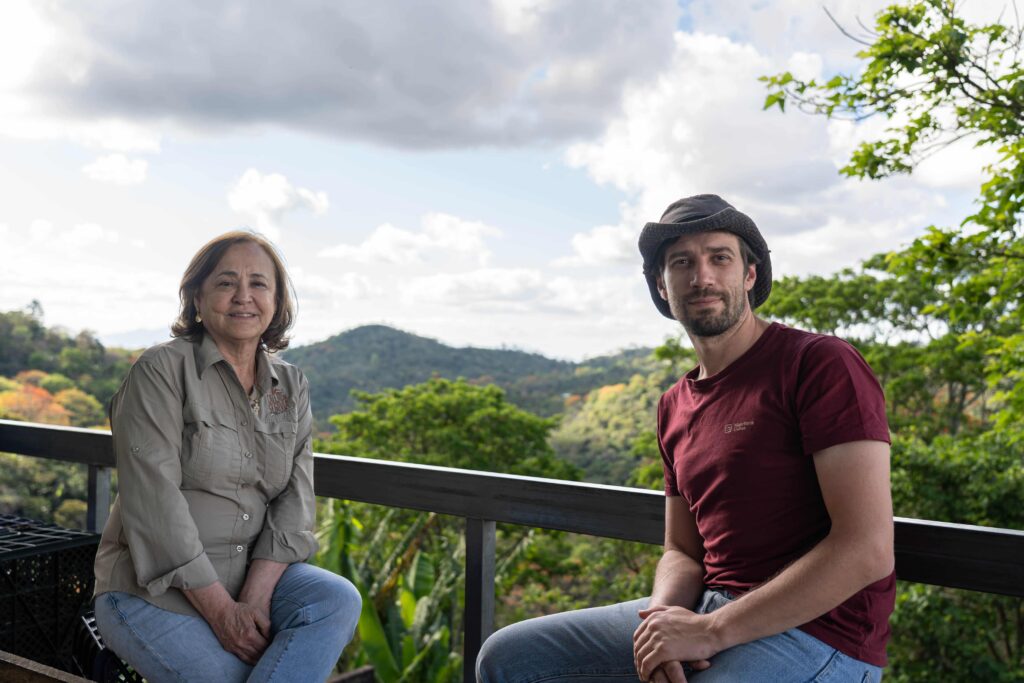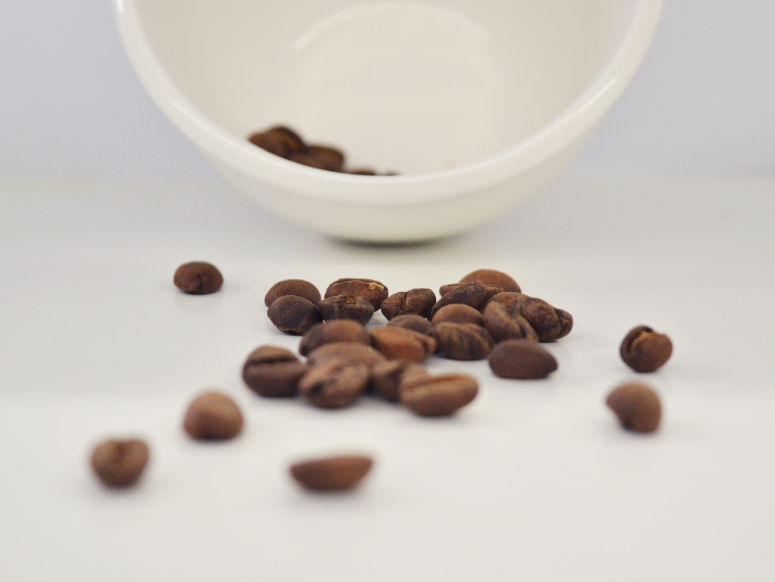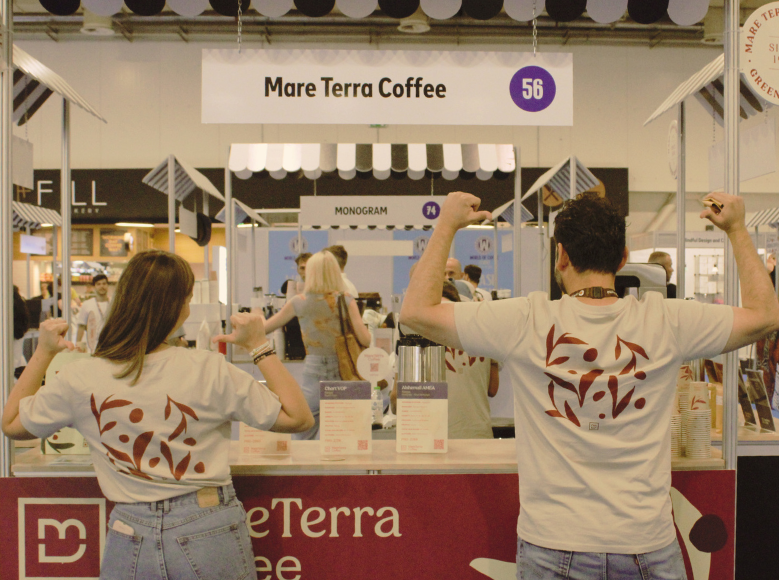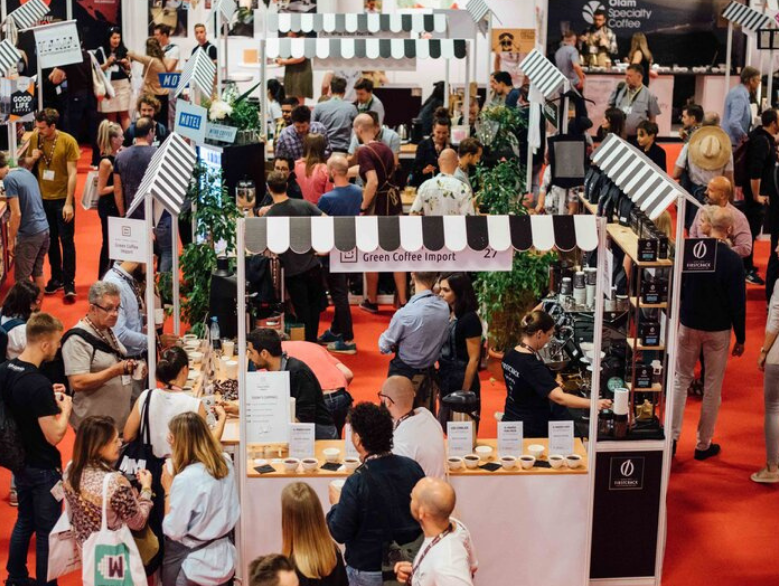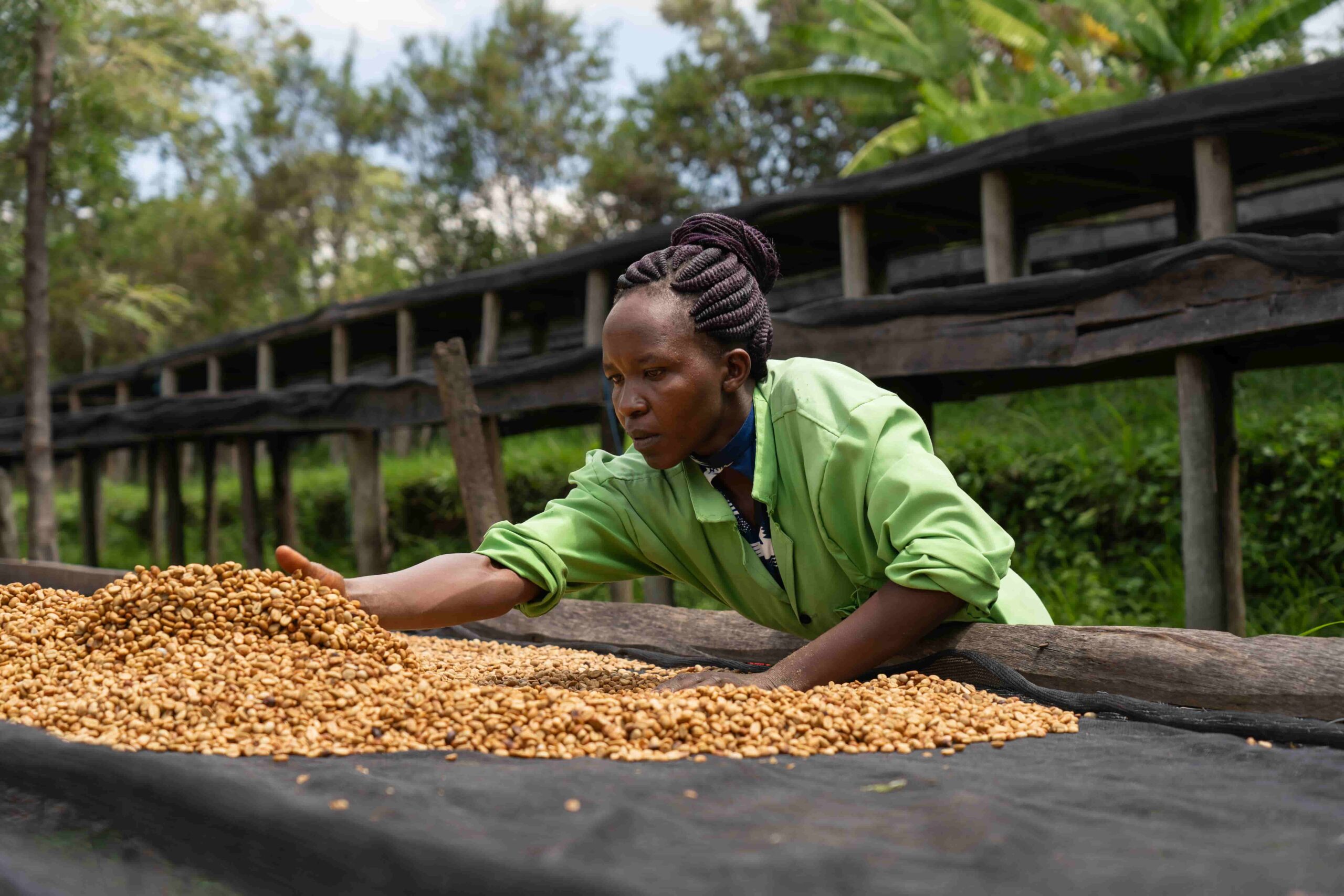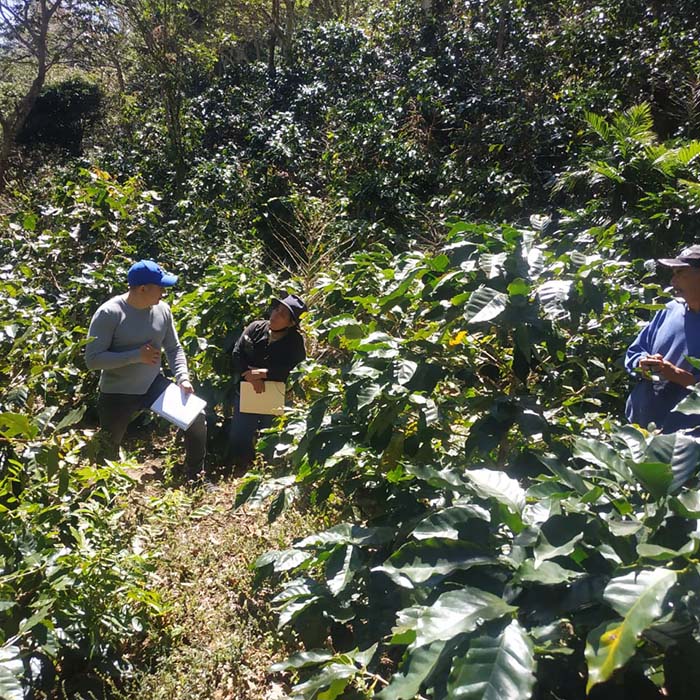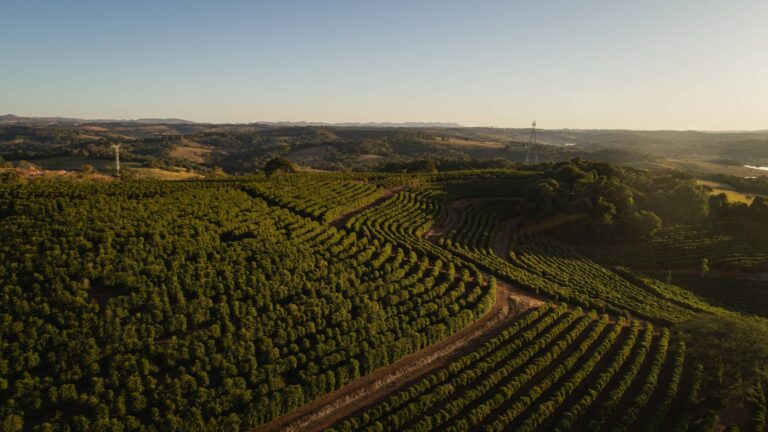Types of roasting
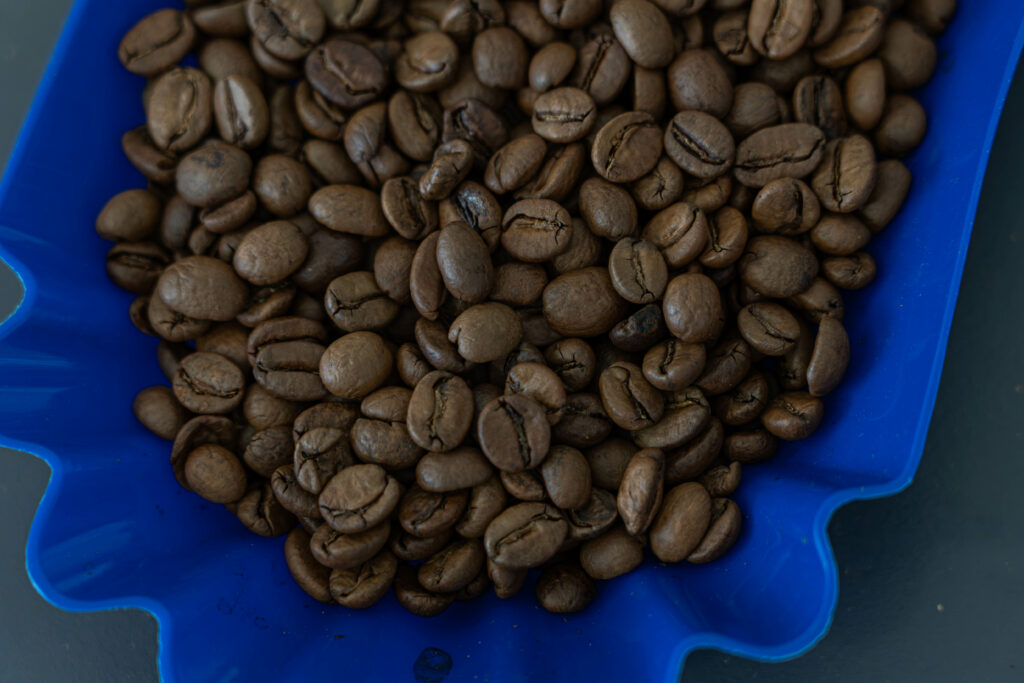
Establishing a correct coffee roasting profile is essential, since it will allow us to optimize the flavor of the coffee and enhance its aromatic facet. The key to finding a correct profile is to taste, that is to say, to taste the coffee as it is roasted. Coffee roasting has evolved over the years. In the 18th and 19th centuries green coffee was roasted with the help of perforated pans. With industrialization, technological advances made it possible to roast coffee in large quantities and in a more homogeneous manner. In roasting, the grain is heated to 100 degrees. The heat modifies the coffee and it begins to brown. During the roasting time until it reaches 200 degrees, the coffee gives off very intense aromas. In addition, it changes its tonality; first it changes to yellow and, finally, it adopts its characteristic brown color. The beans should then be cooled immediately.
If we vary the time of exposure of the grains to heat, we will influence the final result. Depending on the exposure time, there are three types of roasting:
- Light roast. It is normally chosen for filtered coffees, since it enhances acidity, flavors and aromas; it is also the one that preserves the most intense aromas. This roast, having a lower amount of solubles, requires a greater preparation by the barista in order to obtain the full potential of the coffee.
- Medium roast. It is also intended for filtered coffee, as well as for espresso coffee. It is the most balanced and juicy roast. As the coffee is exposed to heat for longer periods of time, the sugars in the coffee undergo a greater caramelization process, giving it a touch of riper fruits, nuts, caramel and chocolate.
- Dark roast. This type of roasting is usually destined for commercial coffees of moderate to low quality, since it masks the undesirable characteristics of these beans. It has a higher amount of solubles and its long exposure to heat dries the grain, enhancing bitter tastes and unpleasant to the palate.
We will choose one type of roasting or another depending on the characteristics of the green coffee we have selected, the process it has undergone and also the preparation method we use to prepare the extraction
